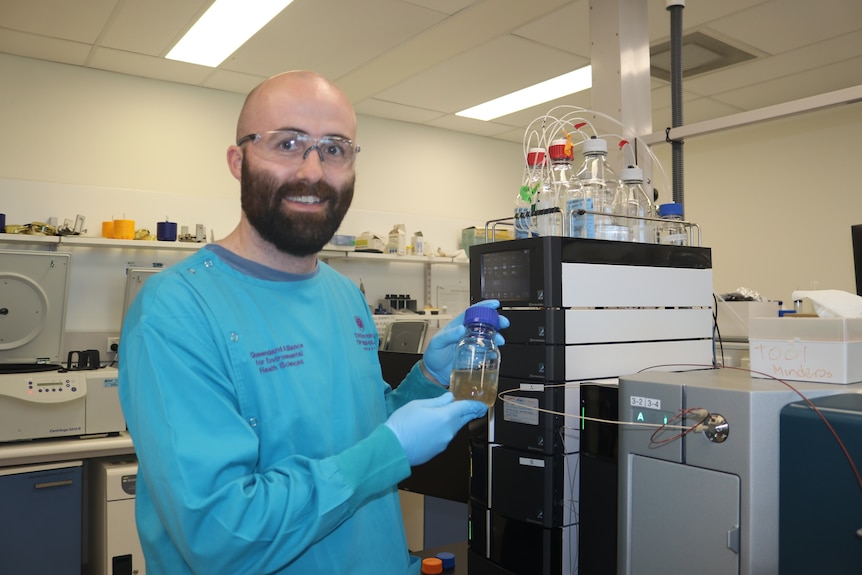The amount of oxycodone used by Australians has almost halved after national changes to packaging and prescription rules were introduced, according to a new study which analyzed levels of opioids in wastewater.
The study analyzed 6,900 samples from more than 50 wastewater treatment plants and captured data from 50 per cent of the Australian population between April 2017 and April 2023.
University of Queensland researcher Rory Verhagen found a 45 percent drop in the amount of oxycodone consumed between 2019 and 2020.
“Oxycodone use fell nationally from 120 milligrams to 65 mg per day per 1,000 people from August 2019 to December 2020,” Dr Verhagen said.
“Consumption has become more stable throughout 2021 to 2023.”
Dr Verhagen said the study also looked at fentanyl and heroin, with fentanyl consumption following similar trends to oxycodone, while heroin fluctuated over the same period.
The lower consumption of oxycodone coincides with changes aimed at reducing its prescribing, including new prescribing guidelines and reducing pack sizes from 20 to 10 tablets, and adding warnings in 2020.
“We can’t really directly attribute one policy change to this decline, but it looks like the combination of these changes has led to a reduction in oxycodone use in the community nationwide,” Dr Verhagen said.

Dr Verhagen from the University of Queensland’s Alliance for Environmental Health Sciences, (Provided by: University of Queensland)
He said community awareness has also played a role, including reports of the opioid crisis developing in the United States in medical journals and the news.
“So people who may have been prescribed oxycodone are aware of the potential dangers because they’ve been watching the news and so may not be taking oxycodone,” he said.
The decrease in the amount consumed is in stark contrast to the significant increase seen between 2017 and 2020, with consumption rising from 78mg per day per 1,000 people to 120mg per day.
Oxycodone is a schedule 8 controlled drug in Australia and, as an opioid, it is used to treat acute and chronic pain, but carries the risk of addiction and death, particularly from overdose when misused.
A very dangerous drug
Opioids are the most common type of drug associated with unintentional drug-related deaths, contributing to half of the 926 deaths by 2022, according to the latest annual overdose report compiled by the Penington Institute.
Since 2018, the number of unintentional opioid-related deaths has increased by 15.9 percent, while the number of patients prescribed opioids decreased by 13.5 percent during the same period, the report said.
The Australian Institute of Health and Welfare estimated that in 2022-23, about 2 per cent of Australians used prescription opioids for illicit or non-medical purposes, and about 1 per cent said they used heroin.
Hester Wilson, drug expert and chair of the RACGP’s special interest group on addiction, said overall it was pleasing to see the reduction in consumption.
Dr. Wilson said that while opiates have benefits, they are risky drugs that can have serious side effects, including addiction.
“Some people begin to lose control of opioid use four to seven days after starting,” she said.
“They start to notice that they need a higher dose, they start to notice that they have cravings, often they don’t realize it until it’s severe.”
Dr. Wilson said that while some people have no problem stopping their use, treatment needs ongoing review to make sure that using the drugs is benefiting patients.
“Making sure we’re reassessing and revising and making sure they’re meeting their goals, which is better functioning, getting on with life, going to work, mowing the lawn, playing with their kids,” she said.
“For those that we continue to prescribe long-term opiates, and it’s appropriate, I really want to get that dose down … and try to look at alternatives.”
#Oxycodone #halved #prescription #rule #change